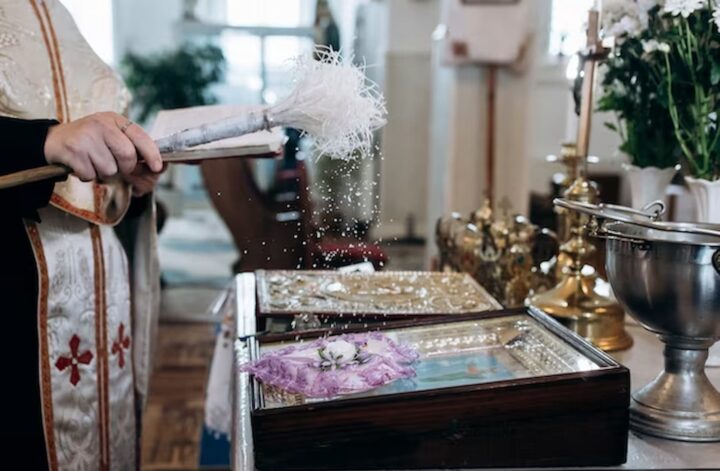Cremation, the practice of burning a body to ashes, has a rich and varied history that spans cultures and centuries.
What was once a sacred and ritualistic process in ancient civilisations has evolved into a more widely accepted and practical method of disposition in the modern era, including the emergence of direct cremations in recent years.
In this exploration of the history of cremation, we will journey through time to uncover the origins, cultural significance, and transformation of cremation practices.
Ancient Origins
The roots of cremation can be traced back thousands of years to ancient civilisations that viewed death and the afterlife through the lens of their cultural and religious beliefs.
One of the earliest recorded instances of cremation comes from the ancient Greeks, where it was considered an honourable and efficient way to handle the deceased. The Greeks believed that cremation released the soul from the body, allowing it to journey to the afterlife unencumbered.
Similarly, the ancient Romans embraced cremation as a practical solution to the challenges posed by burial in a rapidly expanding empire. Cremation became a common practice among the Roman elite, with funeral pyres serving as a symbol of social status.
Hindu Influence
In contrast to the West, where cremation fell out of favour with the rise of Christianity, the practice remained prevalent in the East, particularly in Hinduism. Hindu cremation ceremonies, known as “Antyesti,” are deeply rooted in the belief in reincarnation.
According to Hindu philosophy, the body is considered a temporary vessel for the soul, and cremation facilitates the release of the soul for its journey into the next life.
The Middle Ages To The Renaissance
With the spread of Christianity in Europe, cremation became less common due to religious taboos associated with the resurrection of the body. The Catholic Church discouraged cremation, and burial became the preferred method for laying the dead to rest. During the Middle Ages, cremation was even considered heretical in some Christian communities.
However, as the Renaissance brought about a renewed interest in classical Greek and Roman ideals, cremation experienced a brief resurgence. Intellectuals and freethinkers of the time began to advocate for the practice as a return to a more enlightened and pragmatic approach to death.
Modern Revival
The 19th century witnessed a significant shift in attitudes toward cremation.
This transformation was partly fuelled by concerns over urban overcrowding, public health, and the rising costs of traditional burials. In 1873, the first crematorium in modern times was built in Woking, England, marking the beginning of the cremation revival in the Western world.
The Cremation Society of Great Britain, founded in 1874, played a pivotal role in promoting cremation as a viable and respectable alternative to traditional burial. The movement gained momentum, and crematories began to emerge across Europe and North America.
20th Century And Beyond
The 20th century saw a global acceptance and integration of cremation into mainstream funeral practices. World events, such as the two World Wars, contributed to the normalisation of cremation as a practical and efficient means of handling mass casualties.
Today, cremation rates vary widely across cultures and countries. In some Western nations, such as Japan, South Korea, and the Nordic countries, cremation rates are exceptionally high, reflecting a cultural preference for this method.
Environmental Considerations
In addition to practical and economic factors, environmental concerns have played a significant role in the growing popularity of cremation.
Traditional burials involve the use of land for cemeteries and the resources required for coffin production, both of which contribute to environmental impact.
Cremation, with its reduced land use and resource consumption, is often viewed as a more eco-friendly option.




